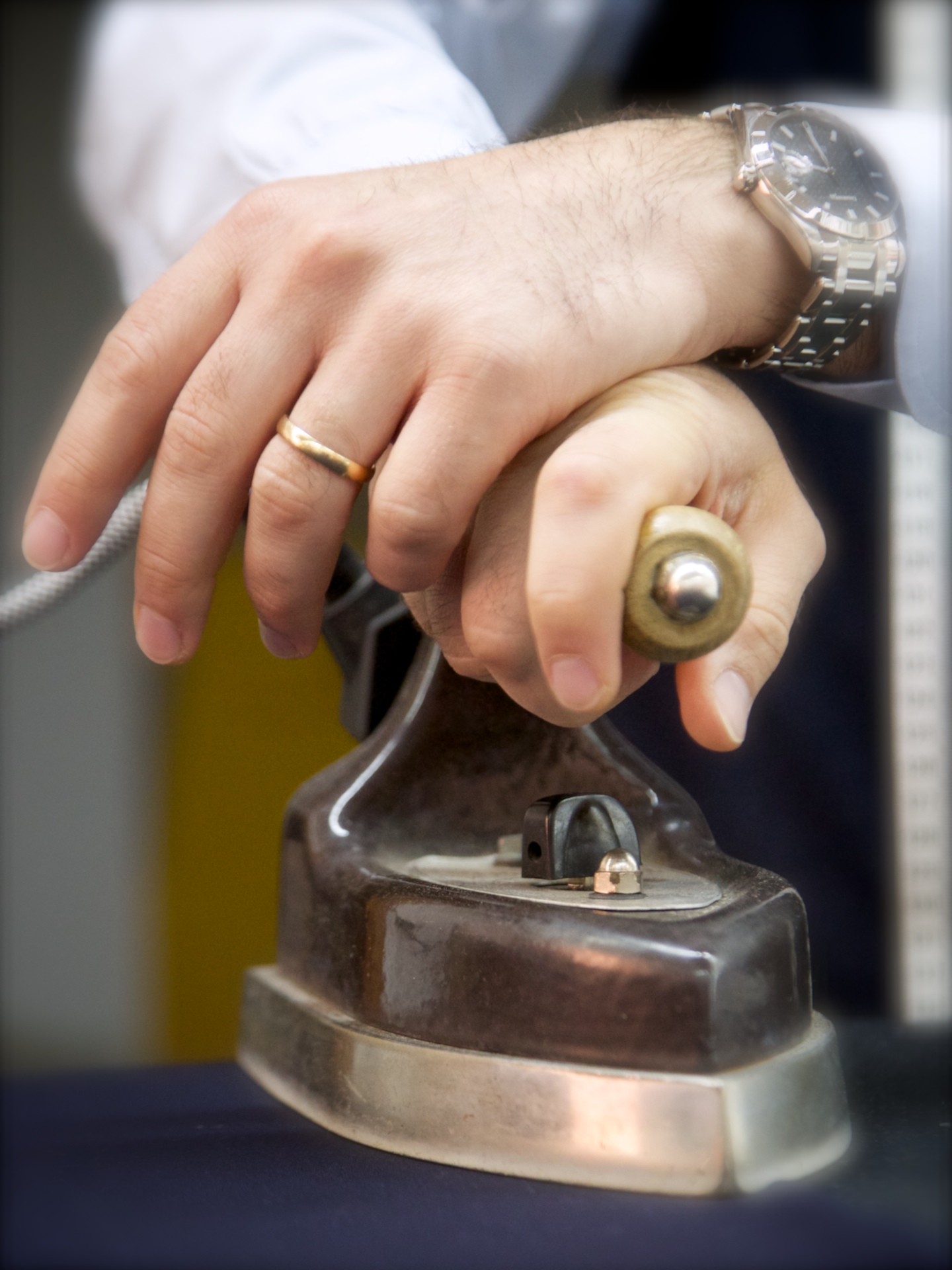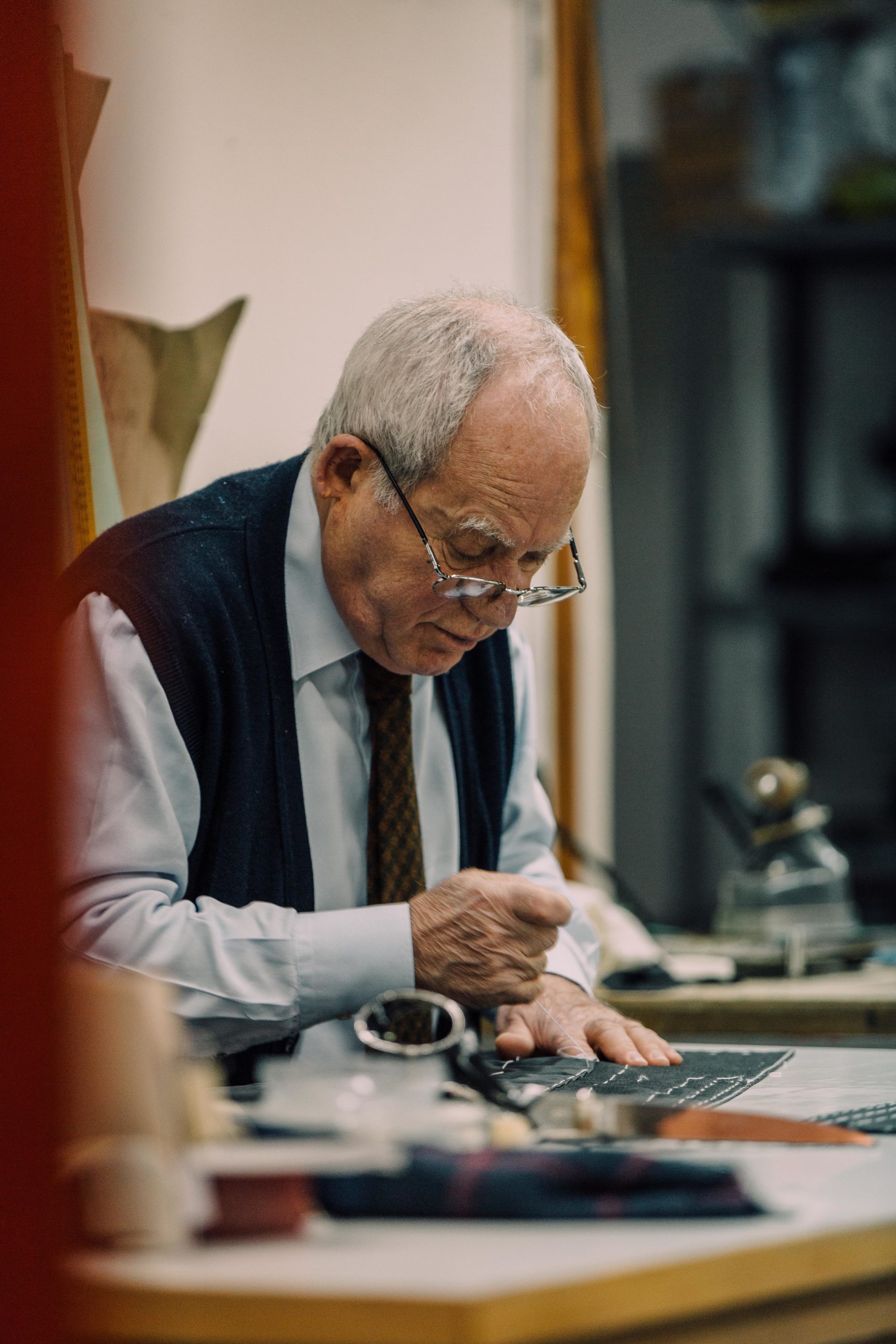

The Neapolitan tailoring
Naples has always been synonymous with elegance and bespoke tailoring. The textile tradition, in fact, starts from far away. Even from the 1700s during the reign of Carlo di Borbone, a famous sovereign who had the dream of making Naples and Campania an oasis in which people could spend life as if they were on an eternal vacation.
His great admiration for the ancient Romans and their culture meant that to Campania returned again the title of “Felix”. Hence the need, for him and for his entire court, to live in a sumptuous way between parties and hunting parties.
Carlo flaunts the good fortune of being the King of “Heaven” on Earth and makes sure that the finest fabrics in the world arrive in the city to entrust them to the skilled hands of artisans capable of excelling in comparison with the Parisian and London Masters who at the time were the examples to follow.
The vanity of the crown and its court became the complement to the typical stubbornness of the Neapolitan character and together they made Naples famous in the world in a very short time also for the quality of its master tailors. For every reputable Neapolitan tailor, the concept has always been valid that taste and quality must go hand in hand and without ever excluding the taste and needs of the customer.
Furthermore, every Neapolitan tailor has always given each of his creations customizations, a sort of recognizable signature of his work. Each dress, therefore, has ever had a particular aspect that made the Master who created it recognizable.
This was the starting point for a purely aesthetic competition between the workers who elected Naples as the capital of elegance closely linked with the Neapolitan culture that aimed to be impeccable even just to go to the bar to enjoy a coffee.
While in other European capitals elegance was exclusively to be shown off in the world of work, reflecting the austerity and professionalism typical of any professional environment, in Naples the curved shapes of the pockets and the soft and rounded lines of the jackets were born from a mixture of knowledge and lightness. In addition, the colorful patterns of the fabrics and the more or less fun accessories such as the hats with the brim made of hand-woven straw to be worn even on the beach began to become must-haves.
And since then the jacket for a Neapolitan has remained an item of clothing that can always be worn, without ever feeling its weight or responsibility. It is not, in fact, a piece of clothing that creates detachment and awe.
It is in these teachings and in this culture that Caliendo tailoring has its roots. Founded by Biagio Caliendo in 1961, it has been in the same laboratory for 60 years. Inside, dresses, jackets and coats and any other kind of clothing are “sewn”. Always in the same way, without ever losing the distinctive feature of greater thickness: the craftsmanship of the entirely handmade product, the quality of the fabrics, obsessive attention to customer needs.
Today it is Elia, Biagio’s son, who carries on the tailoring and continues the family tradition. Following the teachings handed down by the Neapolitan tailoring school for 300 years, Elia Caliendo with his creations focuses on innovation without ever neglecting tradition.
That tradition of the Neapolitan sartorial masters that has been handed down from father to son for centuries.





